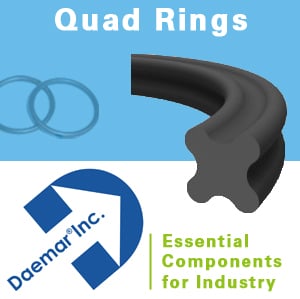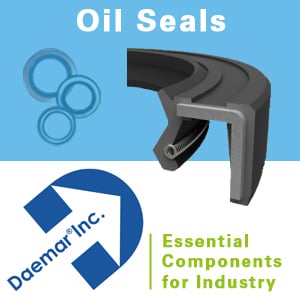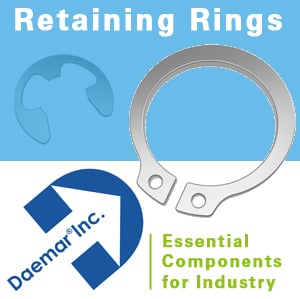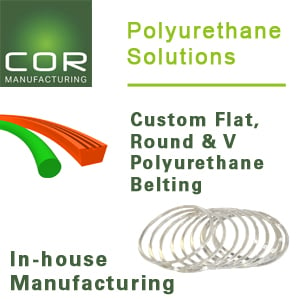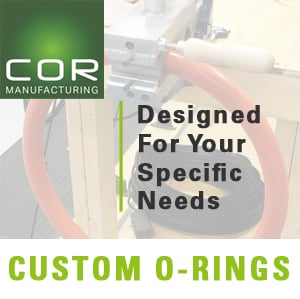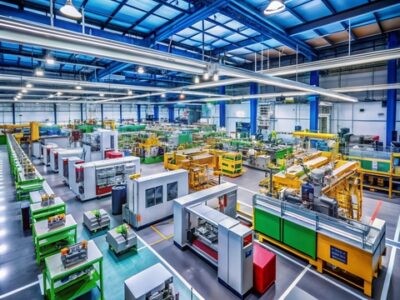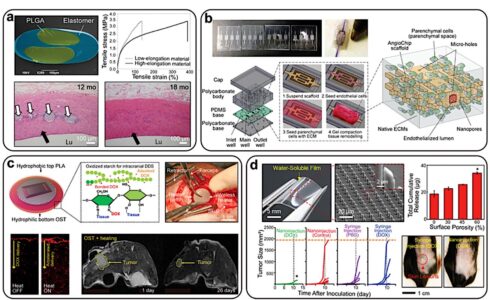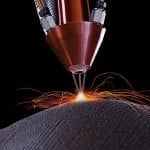Faced with new regulations and market demands, engineers are moving beyond performance and cost. The new mandate: Design for the planet, with quantitative tools that put carbon footprint and circularity on the datasheet.
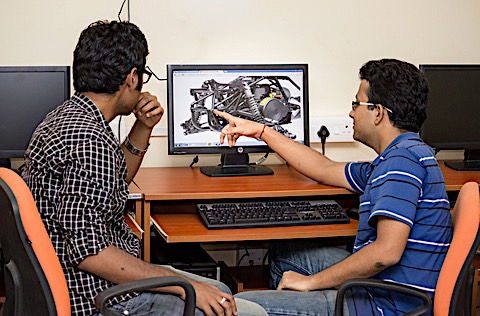
The Third Design Constraint
For generations, engineering design has been a balancing act between two primary constraints: Performance and Cost. A component was optimized to be strong enough, fast enough, and cheap enough to manufacture. Its environmental impact was an afterthought, often only considered at the end of its life, if at all.
That era is over. A third, non-negotiable constraint has entered the equation: Sustainability. Driven by stringent new regulations like the European Union’s Circular Electronics Initiative and consumer demand for greener products, engineers are now being tasked with designing for disassembly, recyclability, and a minimal carbon footprint from the very first sketch. The tool making this quantitative transformation possible is Lifecycle Analysis (LCA), and it’s being integrated directly into the tools engineers use every day.

As a 2023 report from the World Economic Forum starkly put it, “Up to 80% of a product’s environmental footprint is determined at the design stage” (World Economic Forum, 2023). The power—and the responsibility—now rests on the engineer’s screen.
1. Beyond the Spreadsheet: Integrating Life Cycle Analysis into the Digital Thread
Traditionally, conducting an LCA (Life Cycle Analysis or Life Cycle Assessment) was a retrospective, manual process. A specialist would be handed a finished Bill of Materials (BOM) and spend weeks running it through complex, standalone software, producing a report long after key design decisions were locked in.
The revolution is the digital integration of LCA directly into the Product Lifecycle Management (PLM) and CAD environment. This allows for “LCA on-the-fly.”
- How it Works: Software tools like ANSYS Granta and Siemens Teamcenter now embed vast material databases (like the ECO Audit tool in CES Selector) and LCA libraries directly into the design interface. As an engineer selects a material or a standard component from the library, its environmental impact data—embodied carbon, water usage, end-of-life recyclability—is instantly available.
- The Workflow Shift: An engineer can now run a rapid, preliminary LCA during the design phase. They can compare two different aluminum alloys not just on strength and weight, but on their carbon footprint. They can evaluate the environmental trade-off of using a snap-fit design (easier disassembly) versus a bonded joint (better performance but harder to recycle).

This transforms LCA from a compliance checklist into a dynamic design parameter, enabling engineers to make sustainable choices when they matter most—when changes are still digital and cost-free.
Source: ANSYS Granta: Driving Sustainable Product Design
2. The Engineering Deep Dive: Key Strategies for Sustainable Design
Integrating LCA data is the first step. Using it to drive design decisions is the next. Here are the core strategies engineers are now deploying:
Design for Disassembly (DfD): The goal is to make products that come apart as easily as they go together. This means:
- Standardizing Fasteners: Reducing the number and types of screws and tools needed.
- Material Labeling: Using permanent markings (e.g., ISO 11469) on plastic parts to enable automated sorting for recycling.
- Avoiding Permanent Bonds: Prioritizing clips, screws, and snap-fits over adhesives and welds where structurally feasible.
Design for Recyclability & The Monomaterial Concept: The most recyclable product is one made from a single, easily identifiable material. Engineers are now challenged to consolidate parts and minimize material combinations. For electronics, this drives innovation in connector design and PCB substrates to facilitate cleaner separation at end-of-life.
The Lightweighting vs. Embodied Carbon Trade-off: This is a classic engineering dilemma with a new dimension. In automotive and aerospace, lightweighting with carbon fiber composites saves fuel (a “use-phase” benefit). However, the production of carbon fiber is incredibly energy-intensive (a “manufacturing-phase” cost). An integrated LCA tool allows an engineer to quantitatively model this trade-off, finding the true “sweet spot” where total lifecycle carbon is minimized, not just use-phase emissions.
Source: European Commission: Sustainable Products Initiative
3. The Hardest Problems: The Engineering Challenges of Green Design
This new paradigm is not without its significant hurdles.
- The Data Problem: An LCA is only as good as its underlying data. Sourcing accurate, primary environmental data for specific components, especially from a global supply chain, is a monumental challenge. Most engineers must rely on industry-average data, which lacks granularity. Initiatives like the Partnership for Carbon Transparency (PACT) are working to create standardized ways for suppliers to share product-level footprint data (World Business Council for Sustainable Development, PACT).
- The Performance-Cost-Sustainability Trade-off: A fully recyclable, bio-based polymer might have a fantastic LCA score but lack the thermal stability for the application. A low-carbon manufacturing process might be prohibitively expensive. Engineers are now tasked with navigating this three-dimensional optimization space, often with conflicting objectives.
- Designing for the Circular Economy: This is the ultimate challenge. It requires a complete systems-thinking approach, designing not just a product, but its entire lifecycle ecosystem. How will it be returned? How will its components be valued as feedstock for new products? This demands collaboration far beyond the traditional engineering department, involving supply chain, marketing, and even customers.
The Engineer as Environmental Steward
The integration of Lifecycle Analysis into core engineering workflows is more than a technical upgrade; it is a philosophical shift. It marks the evolution of the engineer’s role from a creator of products to a steward of resources.
The tools are now here to make this possible. By having instant access to environmental data at the point of design, engineers can wield their greatest skill—optimization—to solve one of the world’s most pressing problems. The future of design will be circular, and it will be built by engineers who are no longer just asking, “Does it work?” and “What does it cost?” but also, “What is its legacy?”
Sources Cited:
- World Economic Forum. (2023). “Technology and Innovation for the Net-Zero Transition.”
- ANSYS. (2024). “Granta Sustainability: Driving Sustainable Product Design.”
- European Commission. (2022). “Sustainable Products Initiative.”
- World Business Council for Sustainable Development (WBCSD). (2024). “Partnership for Carbon Transparency (PACT).”







